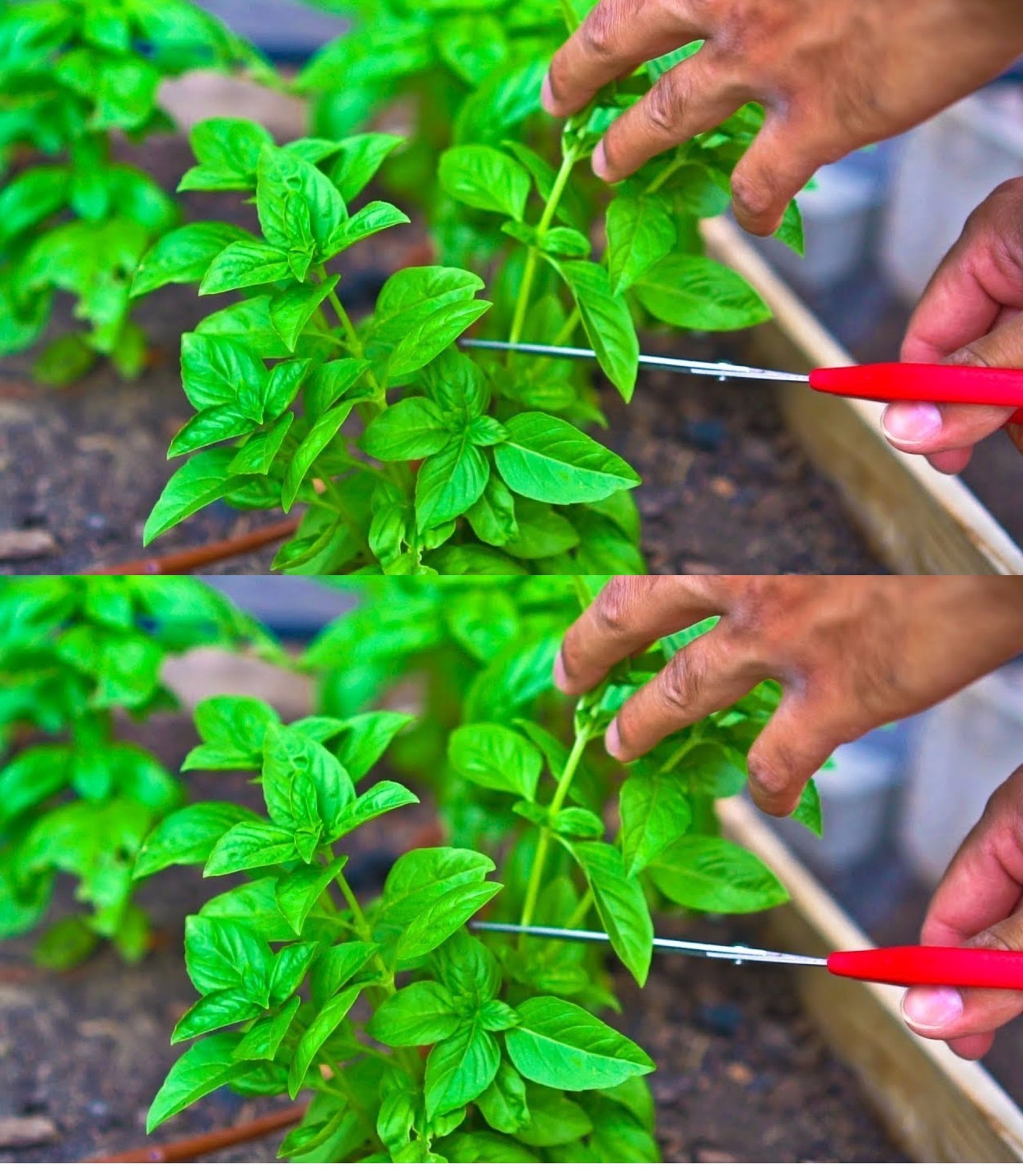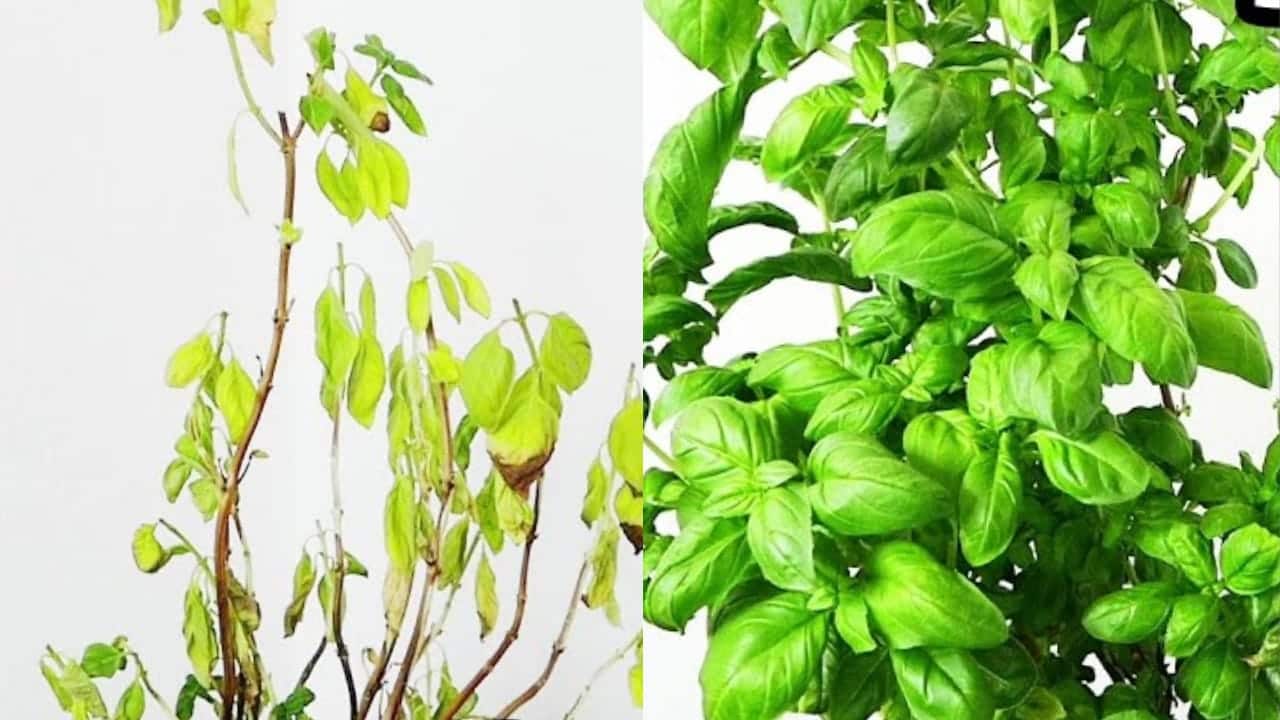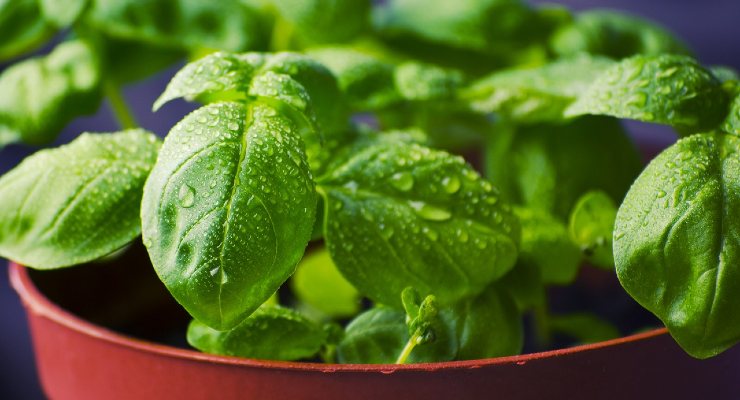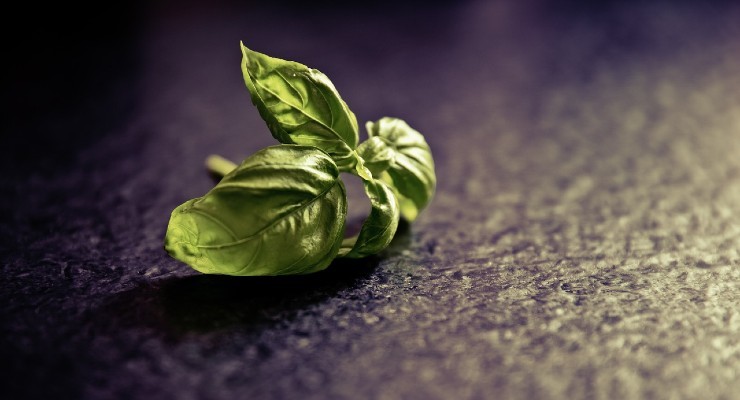
Learn the simple trick to revive rotten basil and bring it back to life effortlessly.

Basil is a staple in many kitchens, especially in Italian gastronomy, thanks to its strong and distinctive flavor. Beyond its culinary value, basil boasts significant health benefits. It possesses anti-inflammatory properties, reducing pain and inflammation throughout the body, and acts as an antioxidant, protecting cells from free radicals and oxidative stress. Basil’s antimicrobial properties make it effective against bacteria, viruses, and fungi, aiding in fighting infections. Additionally, it aids digestion, alleviates stomach pain, and has relaxing properties to relieve stress and anxiety.
While basil is a valuable plant to grow, it can be challenging and prone to rot. Here’s how to revive rotten basil using a grower’s trick:
The Key to Healthy Basil:
- Optimal Soil Conditions:
- Ensure the soil is well-drained and nutrient-rich.
- Enrich the soil with compost or vermicompost for healthier growth.
- Optionally, use a liquid organic fertilizer every two weeks to provide essential nutrients.
- Nitrogen Balance:
- Be cautious of nitrogen levels in the soil, as basil is sensitive to excess nitrogen.
- Avoid overwatering and excessive fertilization, as these can lead to fungal diseases and pest issues.
- Proper Watering:
- Basil requires consistent watering, especially in hot, dry climates.
- Water the plant once a day, adjusting the frequency based on climate conditions.
- Check soil hydration by ensuring it is moist but not waterlogged.

Reviving Rotten Basil:
- Identify Excess Watering:
- Rotten basil often results from excessive watering.
- Ensure the pot has drainage holes to allow excess water to escape.
- Adjust Watering Practices:
- Water the soil, not the leaves, to prevent the proliferation of fungal diseases.
- Check soil hydration levels regularly and adjust watering accordingly.
